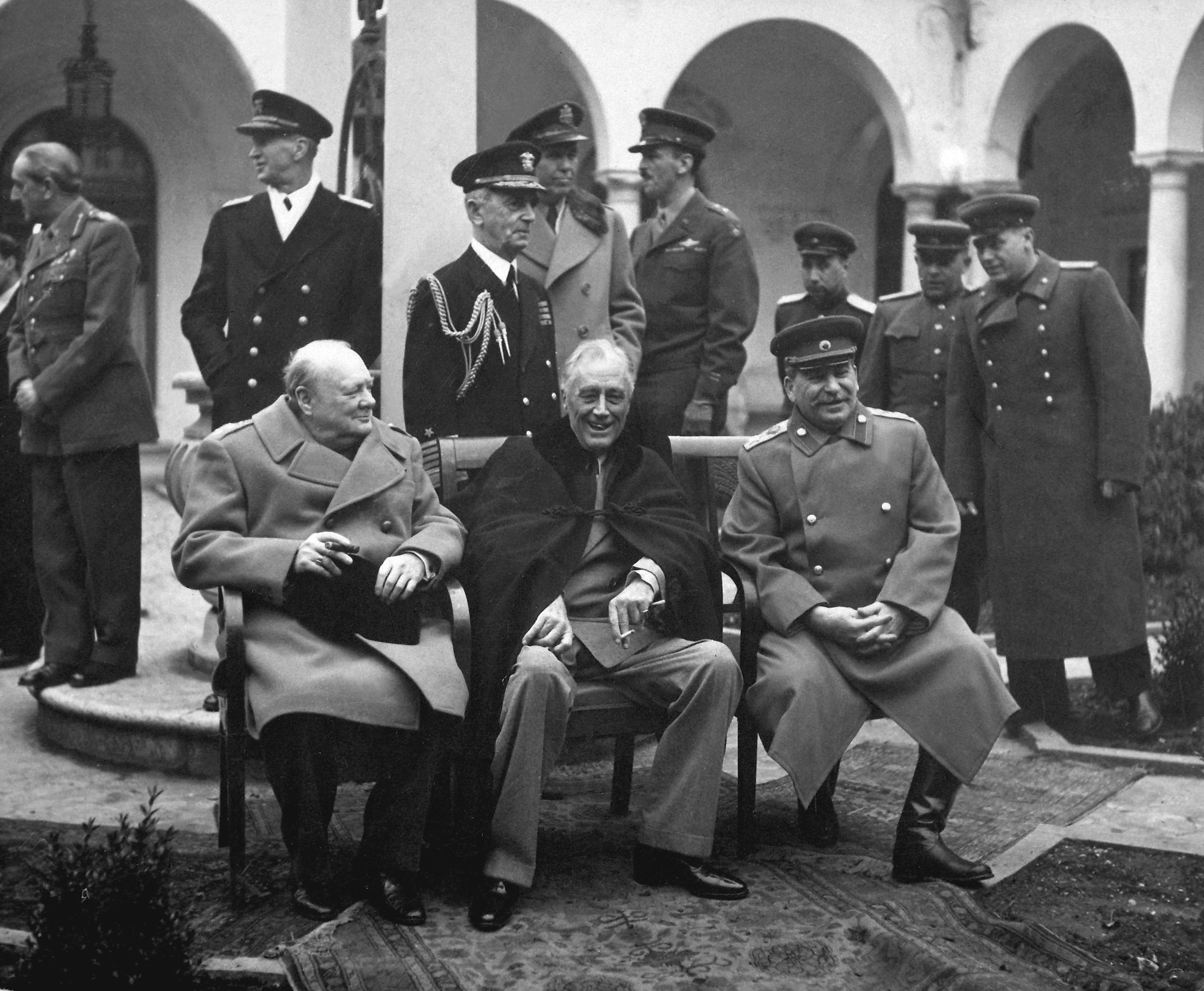
What Happened After Germany Surrendered In WW2?
The European theatre of World War II ended in May 1945 with Germany's surrender. The country in ruins, Germans were now tasked with grieving their loved ones and rebuilding their lives. Furthermore, the Allies (Britain, France, the United States, and the Soviet Union (USSR) now had to govern Germany and denazify a population. The challenges inherent in these processes set the stage for the next half-century of geopolitical tensions.
The Immediate Aftermath
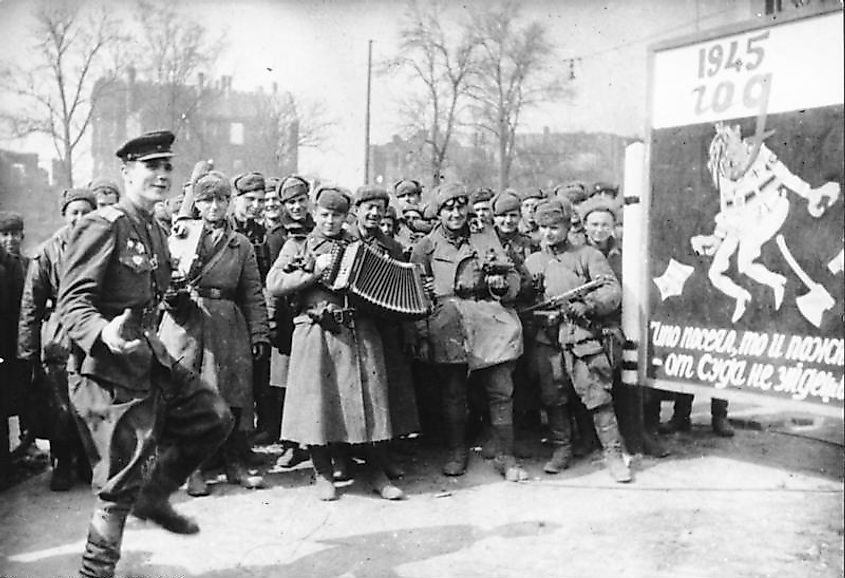
For many Germans, the end of the war was a total catastrophe. Millions had bought into the notion espoused by Nazi propaganda that there was no future in defeat. Many also believed that the Third Reich, at least during the pre-war years, was a good time for Germany. This ideological indoctrination worked in conjunction with very real destruction; over three million bombs were dropped on German cities in the last year of the war. Moreover, anger due to the death of millions at the hands of the Wehrmacht made Germans living in the East fearful of revenge. When combined with Eastern European governments often forcing Germans to leave, this resulted in over 14 million refugees fleeing to Germany. All this meant that postwar Germany faced significant challenges that the Allies needed to address when governing and rebuilding the country.
The Allied Occupation
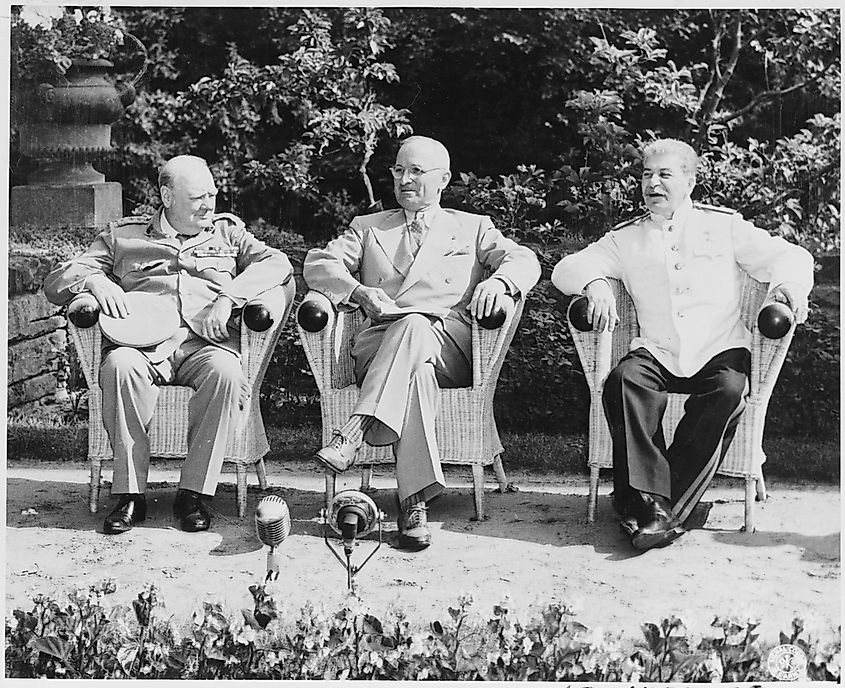
In the summer of 1945, Joseph Stalin, Harry Truman, and Winston Churchill, the leaders of the USSR, the United States (US), and the United Kingdom (UK), respectively, met in Potsdam. One of the main goals of this conference was ensuring that Germany never again caused a continental war. Therefore, they put plans for demilitarisation and disarmament in place. Perhaps the most crucial aspect of these plans involved linking France and Germany's coal and steel supplies, two crucial resources for war, to disincentivize an armed conflict. These plans culminated in the European Coal and Steel Community and, eventually, the European Union.
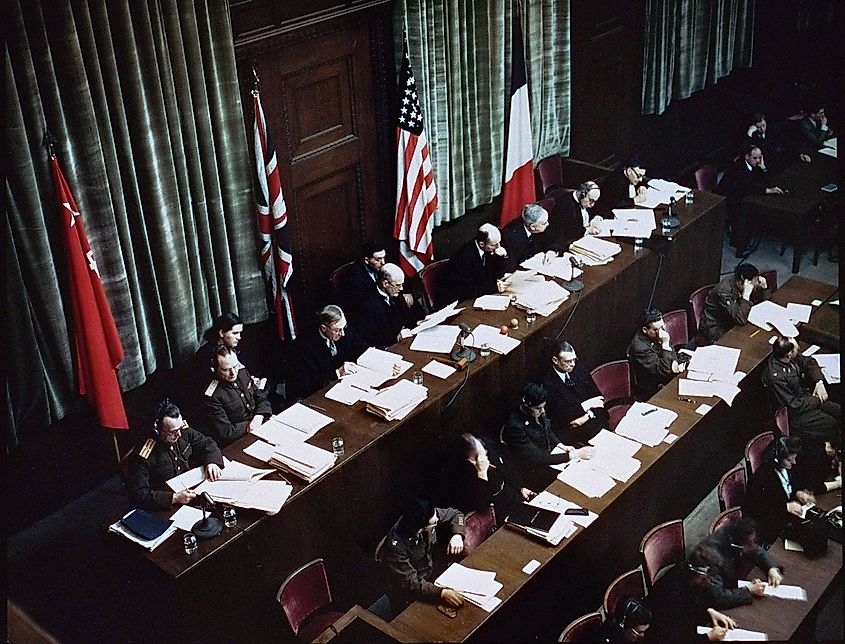
However, ensuring peace in Europe required more than mere demilitarisation. Over the previous decade, almost all of Germany's institutions came under Nazi influence or control. Germans who participated in the crimes of the Nazi regime also needed to be brought to justice. Finally, everyday Germans who believed in Nazi propaganda needed to be deradicalized. In short, Germany needed to be deNazified. Perhaps the most well-known component of this process was the Nuremberg Trials, in which the highest-ranking members of the Nazi regime (who were still alive or who had not fled) were tried for crimes against humanity. Among the accused were politicians, industrialists, members of the secret police, and media representatives. Of the 5000 brought before the courts, 800 death sentences were given out, with 490 people being executed.
The Dawn Of The Cold War And The Division Of Germany
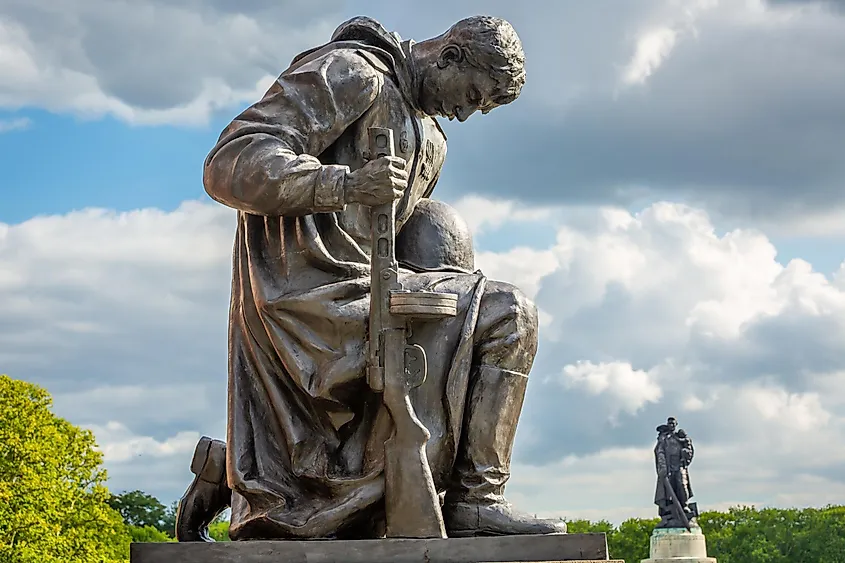
The Potsdam Conference also focused on zones of influence. Indeed, with the Red Army stationed throughout Eastern Europe, including eastern Germany, the Western Allies were concerned about growing Soviet power in the region. Therefore, Germany was separated into four administrative zones, with one governed by the British, one by the Americans, one by the French, and the remaining by the Soviets. Furthermore, the capital, Berlin, in the middle of the Soviet zone, was also separated into four zones.
Despite initial efforts to ensure continuity between the zones, these plans broke down almost immediately. For instance, in March 1946, Churchill gave his famous Iron Curtain speech, in which he highlighted his concerns about growing Soviet power in Eastern Europe. American diplomat George Kennan's "Long Telegram" describing the USSR's inherently expansionist tendencies also escalated tensions. Moreover, President Truman's doctrine of containing the Soviet Union further enhanced divisions.
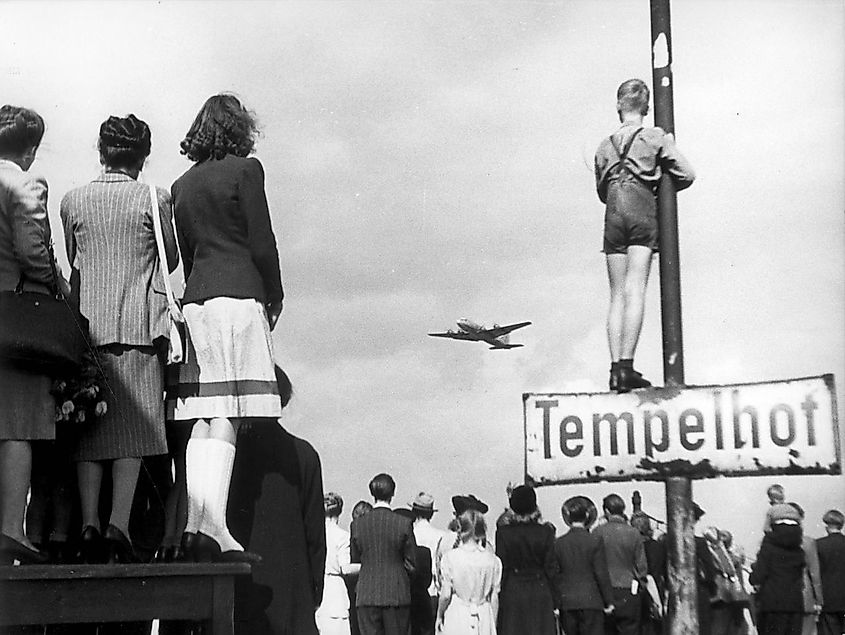
Finally, the Berlin Blockade from June 1948 to May 1949 marked the arguable solidification of these divisions. Indeed, in an attempt to bring Berlin entirely into the Soviet sphere, Stalin cut off all ground transportation in and out of the city. This forced the Western Allies to supply the city from the air, which they did for almost a year before the blockade was lifted. But, despite it being over, a seemingly irreconcilable rift between the Soviets and the Western Allies had formed. Moreover, there were undeniable divisions between the zones of administration. Thus, only weeks after the blockade was lifted, West Germany (officially the Federal Republic of Germany) was created out of the British, American, and French administrative zones. Later, in 1949, East Germany (officially the German Democratic Republic) was established.
In the immediate aftermath of the war, Germans were forced to grapple with the collapse of their worldview and the defeat of a regime they once thought invincible. Furthermore, the Allies needed to figure out how to govern the country, which had been utterly decimated. Many of the tensions inherent in this process ultimately contributed to the division of Germany and the dawn of the Cold War.











